In today's fast-paced world, anxiety has become a common part of many people's lives. Whether it's work pressure, relationship issues, or general life uncertainties, anxiety is something nearly everyone experiences. However, recent studies have shown that masturbation can be an unexpected remedy for anxiety and is an effective way to soothe the nervous system. So how exactly does masturbation help us manage anxiety? In this article, we'll dive deep into how masturbation can alleviate stress, its benefits, how to do it right, and some common misconceptions.
How Masturbation Helps Relieve Anxiety: The Science Behind It
When you engage in masturbation and reach orgasm, your body releases a surge of "feel-good" hormones, primarily endorphins and oxytocin, which play crucial roles in reducing stress and promoting relaxation.
1. Endorphins: The Body’s Natural Painkillers
Endorphins are natural painkillers and mood boosters, often referred to as the body's "happy hormones." They can alleviate both physical and emotional discomfort, promoting feelings of well-being and relaxation.
2. Oxytocin: The Bonding Hormone
Oxytocin is commonly known as the "love hormone" because it fosters feelings of intimacy and connection. It plays a significant role during orgasm, contributing to stress relief and emotional soothing.
3. Dopamine: The Pleasure Chemical
Dopamine, another neurotransmitter released during orgasm, is closely tied to the brain's reward system. It creates feelings of happiness and satisfaction, further counteracting the negative effects of anxiety.
These chemical changes in the brain are not only enjoyable but also serve as a natural way to unwind and reduce stress. Masturbation provides a moment of personal relaxation, allowing your nervous system to reset.
Is Masturbation Normal? A Healthy Sexual Behavior
Masturbation is a natural and common activity. However, many people may experience guilt or shame due to cultural, religious, or personal beliefs. It's important to understand that masturbation is a normal part of human sexuality. The World Health Organization (WHO) even acknowledges masturbation as a healthy sexual activity. Psychologists and sexual health experts agree that masturbation, when practiced in moderation, is a beneficial activity for both mental and physical well-being.
The stigma surrounding masturbation often arises from misinformation or cultural taboos. It’s crucial to separate social conditioning from personal health, as masturbation helps many people understand their own bodies and sexual desires in a safe and private way.
The Benefits of Masturbation: More Than Just Pleasure
Masturbation has a wide range of physical and psychological benefits, especially when practiced as a part of a balanced lifestyle:
-
Stress Reduction: Masturbation is an effective stress-reliever, providing a healthy outlet for emotional and physical tension.
-
Improved Sleep: The relaxation experienced after orgasm can help you fall asleep more easily and improve sleep quality.
-
Enhanced Sexual Health: Regular masturbation promotes sexual health by improving circulation to the genital area and helping individuals understand their sexual responses.
-
Emotional Regulation: Masturbation helps improve mood by releasing dopamine and endorphins, which help regulate emotions and reduce feelings of depression or anxiety.
-
Self-Awareness: Masturbation is a form of self-exploration. It enables individuals to learn more about their bodies and what brings them pleasure, fostering greater body confidence and sexual satisfaction.
Understanding Your Pleasure Anatomy
Knowing your body and the areas that bring you pleasure is key to enjoying a satisfying masturbation experience. Here’s a look at the primary pleasure zones:
1. For Men:
-
The Penis: The most obvious and sensitive area for men, especially the glans (head) and frenulum (the area under the head of the penis).
-
Prostate: Known as the "male G-spot," stimulation of the prostate can lead to intense pleasure and orgasm. This area can be reached through the anus and is highly sensitive to touch.
2. For Women:
-
Clitoris: The most sensitive part of the female body, the clitoris contains thousands of nerve endings. Stimulating the clitoris, either directly or indirectly, is a common method of achieving orgasm.
-
G-Spot: Located inside the vagina, on the anterior (front) wall, the G-spot can produce intense pleasure when stimulated.
-
Vulva: Other parts of the female anatomy, such as the vulva and labia, are also highly sensitive and can contribute to orgasmic pleasure.
Knowing these areas and how they respond to touch can enhance your experience, whether during masturbation or intimate moments with a partner.
How to Masturbate Correctly: A Step-by-Step Guide
Engaging in healthy and pleasurable masturbation is simple and rewarding. Here's a basic step-by-step guide for a safe and enjoyable experience:
-
Choose a Comfortable Environment
Make sure you are in a private and relaxed space where you can focus on the experience without interruptions. -
Relax and Let Go of Tension
Take deep breaths and calm your mind. Engage in activities like light music, stretching, or meditation to create a peaceful atmosphere. -
Lubrication Is Key
Using a good-quality lubricant can reduce friction and enhance sensation, making the experience more pleasurable. -
Start Slowly and Explore
Begin with gentle touches to discover which areas of your body are most sensitive. Be patient and take your time to explore different forms of stimulation. -
Focus on the Sensation, Not the Goal
Try to focus on the sensations and the journey rather than rushing to reach orgasm. Enjoy the process of self-exploration. -
Relax Afterward
After orgasm, take a moment to relax and let your body settle. Enjoy the calming after-effects of the experience.
Using Sex Toys in Masturbation: A Guide to Enhancement
Sex toys can enhance masturbation by providing new sensations and helping you explore your body in different ways. Here are some common sex toys and how they can be used:
1. Vibrators
Vibrators are one of the most popular toys for both men and women. For women, they can be used to stimulate the clitoris or other sensitive areas. For men, they can be used to stimulate the penis or perineum.
2. Prostate Massagers
Designed specifically for men, these toys target the prostate and can offer intense and unique orgasms.
3. Dildos and Masturbators
These are designed for vaginal or anal penetration and can provide a different type of stimulation compared to manual masturbation.
4. Cock Rings
These toys are used to enhance the firmness of erections and prolong pleasure during masturbation or partnered sex.
When using sex toys, be sure to clean them thoroughly after each use to maintain hygiene and prevent infections.
How to Stop Using Pornography for Masturbation
While pornography can serve as a visual stimulant, relying on it too frequently for masturbation can distort sexual expectations and reduce emotional connection in real-life relationships. If you wish to reduce or stop using pornography, try the following:
-
Gradual Reduction
Slowly cut down the amount of time you spend watching pornography. Over time, you may find that you no longer need it to enjoy masturbation. -
Focus on Sensory Experience
Shift your focus to how your body feels rather than the visual stimulus. Engage your senses—touch, sound, and imagination—to deepen the experience. -
Find Other Outlets
Redirect your energy into hobbies, physical exercise, or other forms of self-care. This can help reduce dependency on pornography and encourage healthier habits.
Common Masturbation Myths and Misconceptions
There are several myths about masturbation that have persisted over time. Here are a few of the most common misconceptions:
-
Myth #1: Masturbation Leads to Sexual Dysfunction
On the contrary, masturbation can actually help improve sexual function by increasing awareness of your sexual needs and responses. -
Myth #2: Masturbation is Harmful to Mental Health
Masturbation, in moderation, is a healthy way to relieve stress and improve mood, contributing positively to mental well-being. -
Myth #3: Masturbation is Only About Orgasm
Masturbation isn't just about reaching orgasm; it's about self-exploration and pleasure. Focusing on the process, not just the end goal, can make the experience more fulfilling.
Final Thoughts on Masturbation and Self-Discovery
Masturbation is not just a physical act; it's a journey of self-exploration and relaxation. By engaging in healthy masturbation practices, you not only relieve stress and anxiety but also gain a deeper understanding of your body and sexual desires. It's important to embrace this natural, healthy activity without shame or guilt. Whether you're using sex toys, reducing pornography consumption, or simply enjoying your own touch, masturbation can be an essential part of maintaining mental and physical well-being.
Popular Sex Toys and Their Uses
-
Vibrators: Great for clitoral or penile stimulation, helping to enhance pleasure.
-
Prostate Massagers: Specifically designed for men, these toys target the prostate for intense stimulation.
-
Dildos: Versatile toys for vaginal or anal penetration, enhancing the variety of stimulation.
-
Masturbation Sleeves: Ideal for men, providing a more lifelike experience.
-
Kegel Balls: Used to strengthen pelvic muscles, which can enhance sexual pleasure.
In short, masturbation, as a healthy way of self-exploration, can not only effectively relieve anxiety, but also improve our sexual health awareness. In this process, understanding your own body, choosing the right toys, and the correct masturbation method can bring a richer and more enjoyable experience.
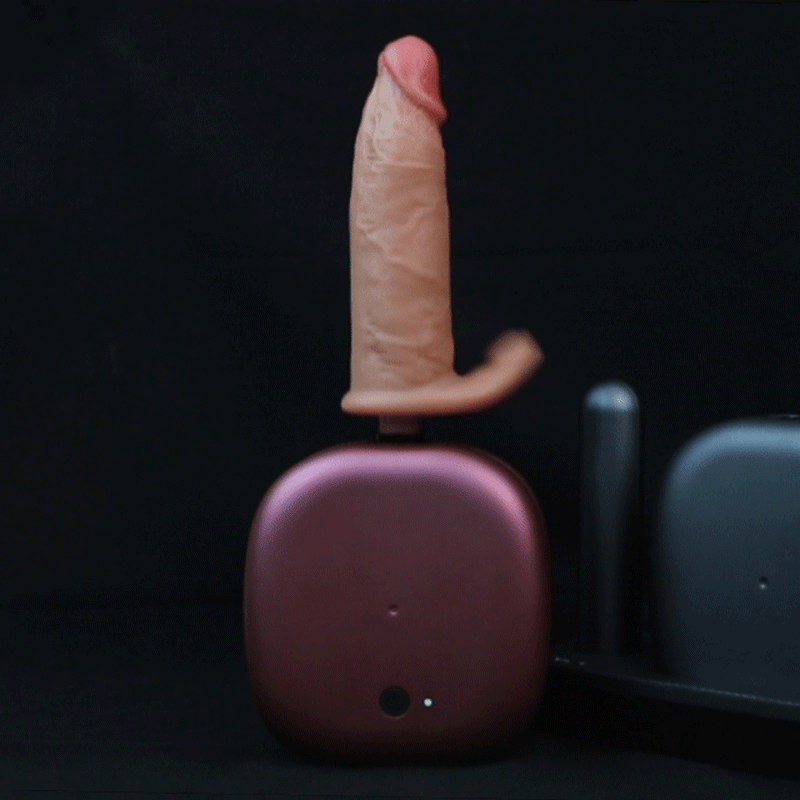
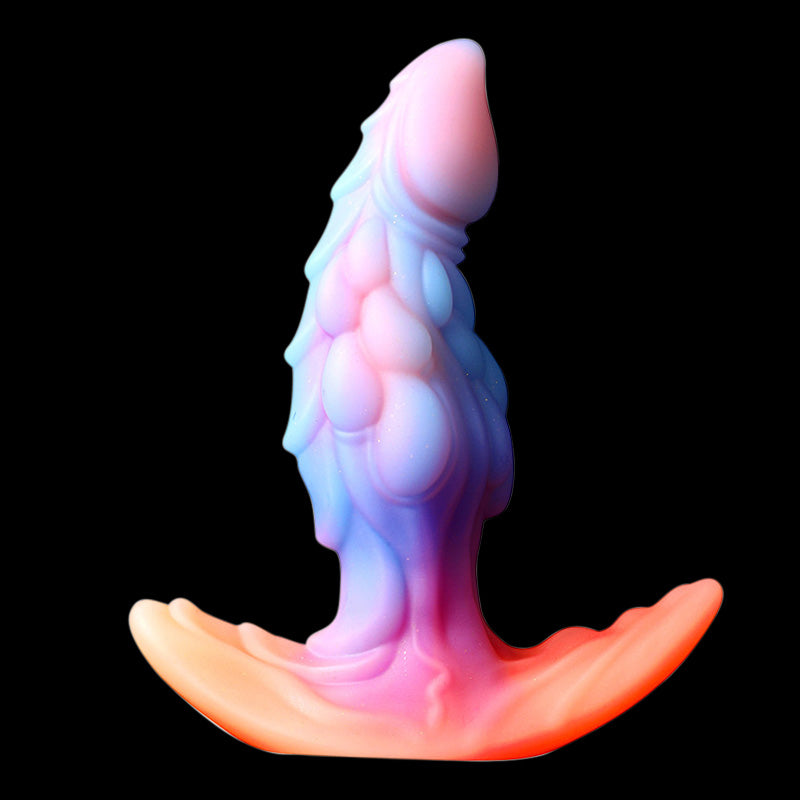
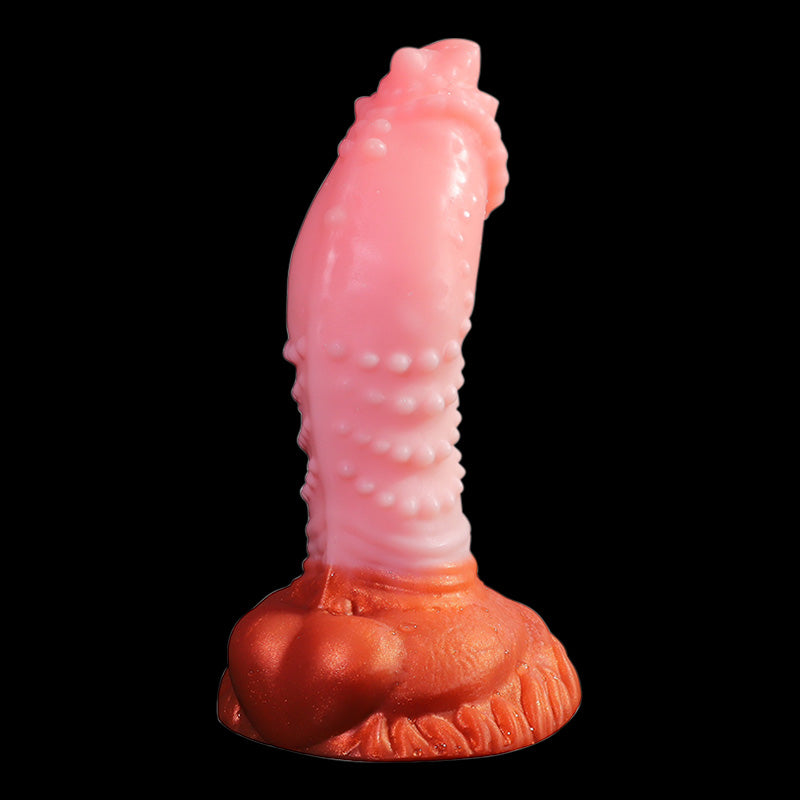
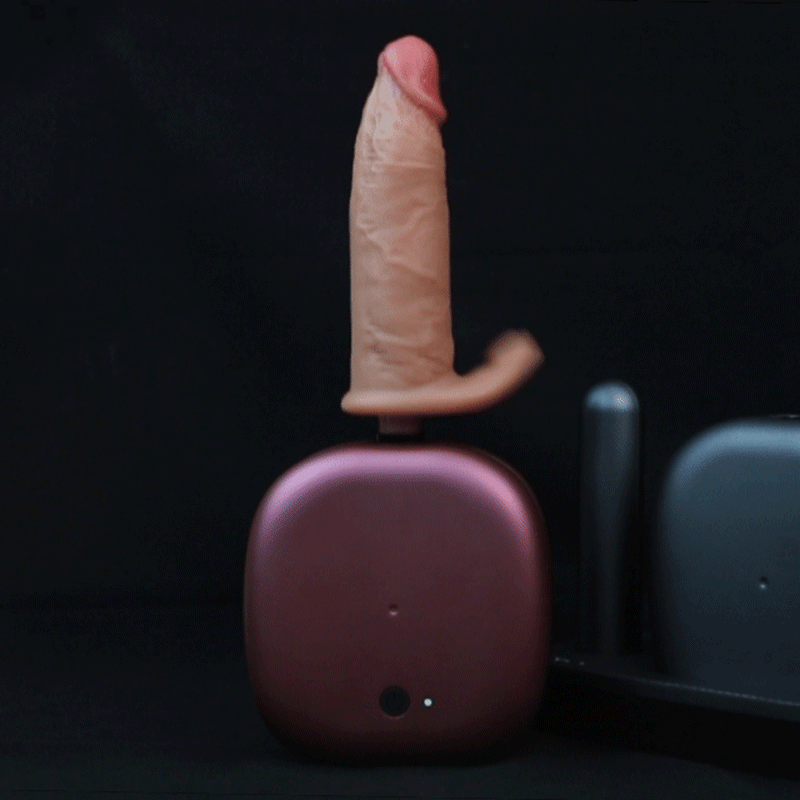


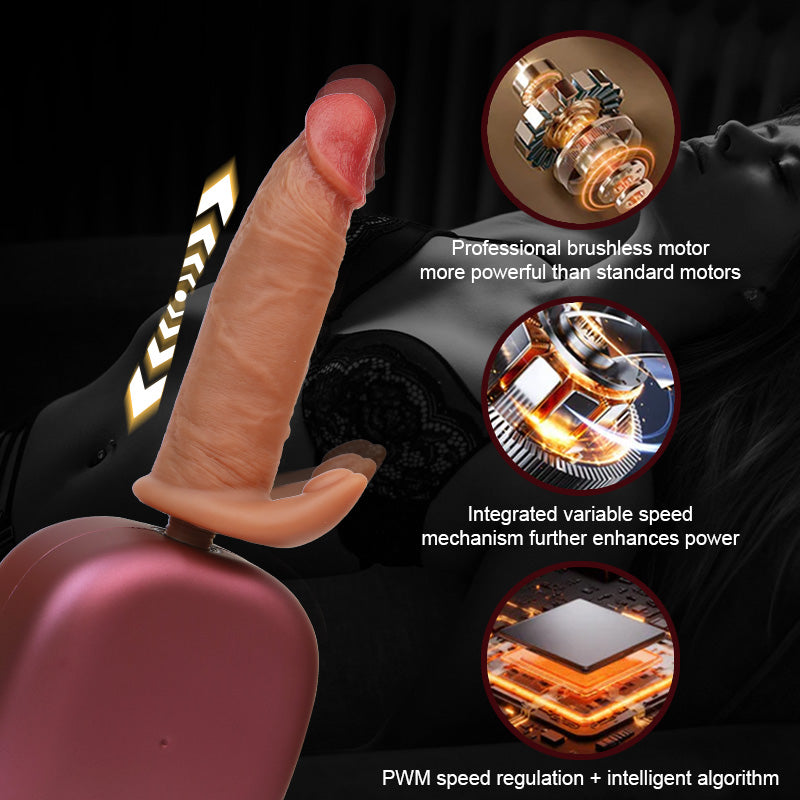
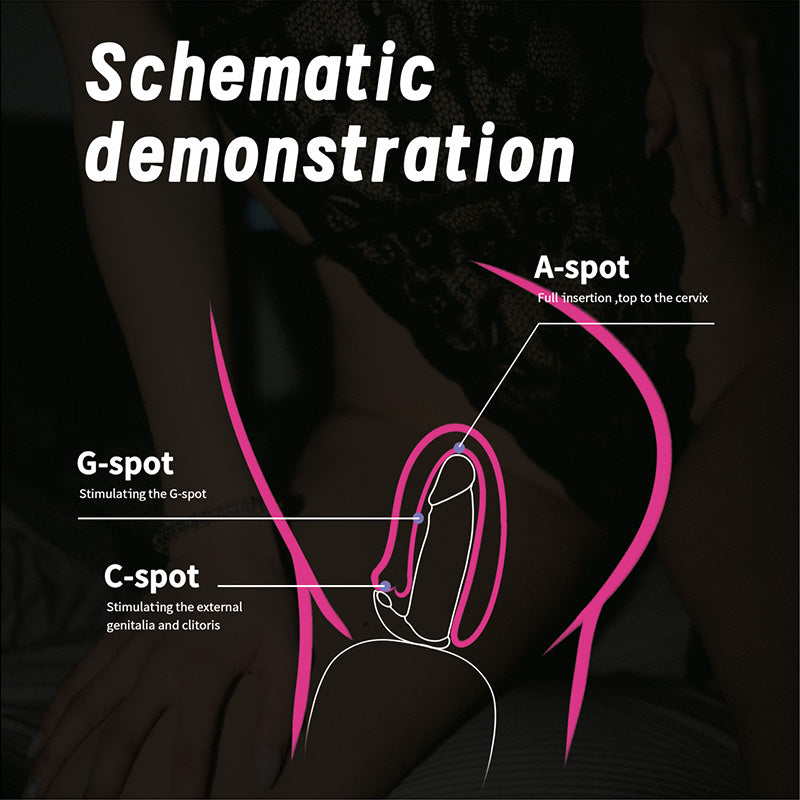

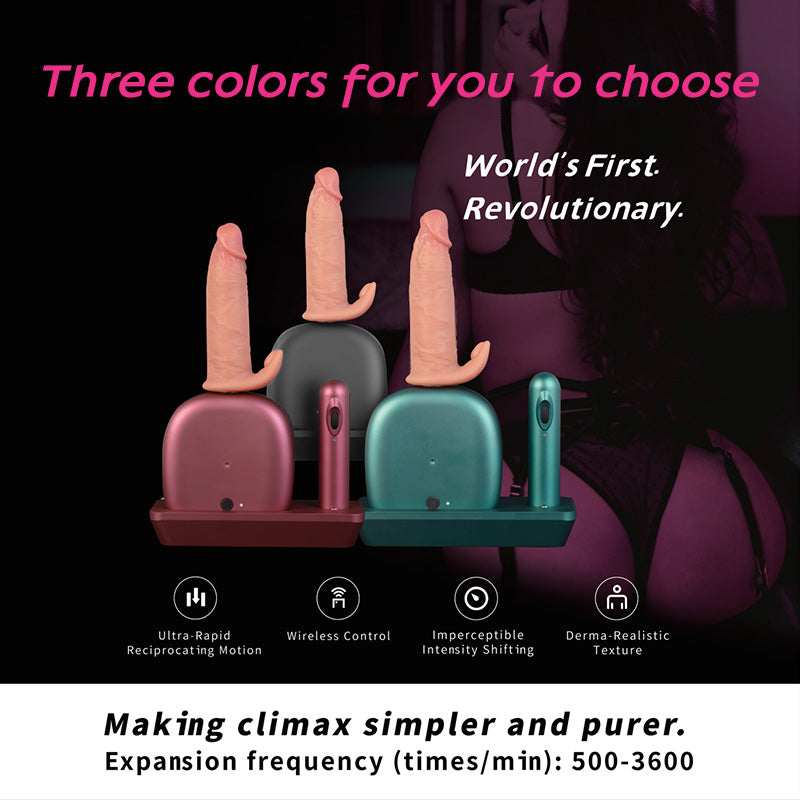
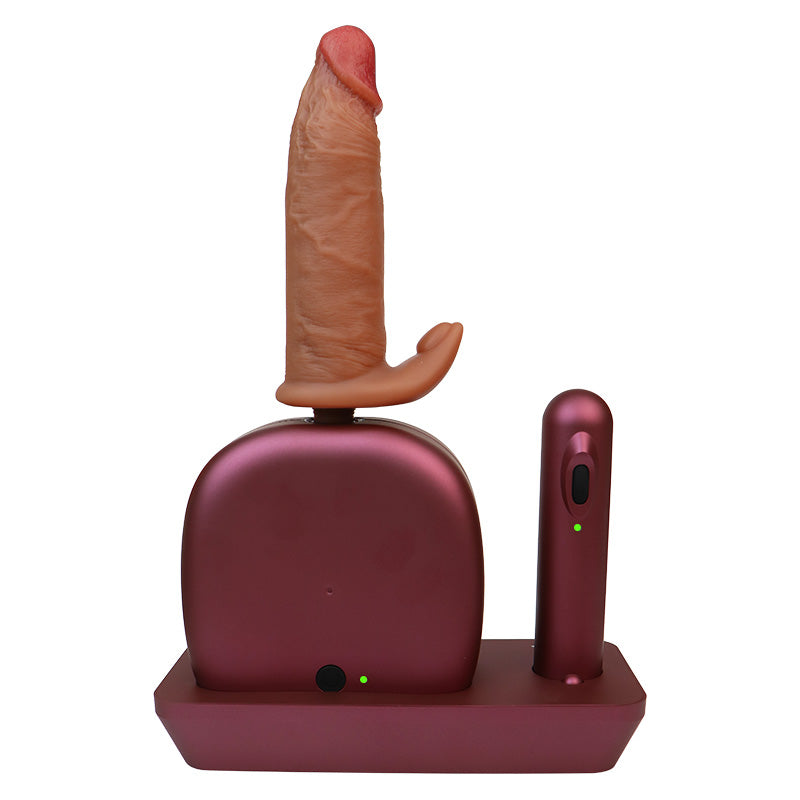
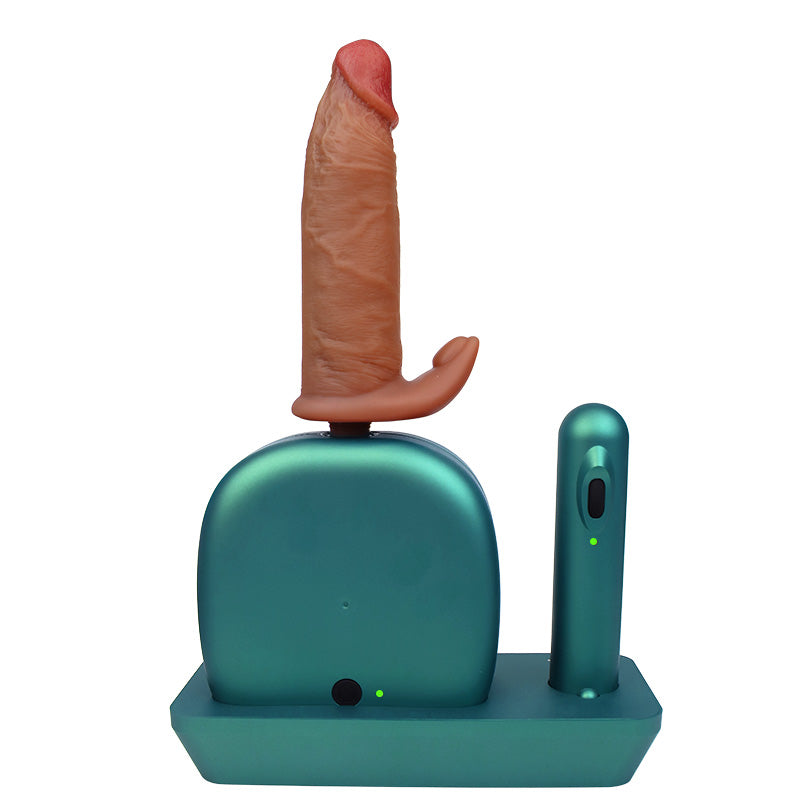
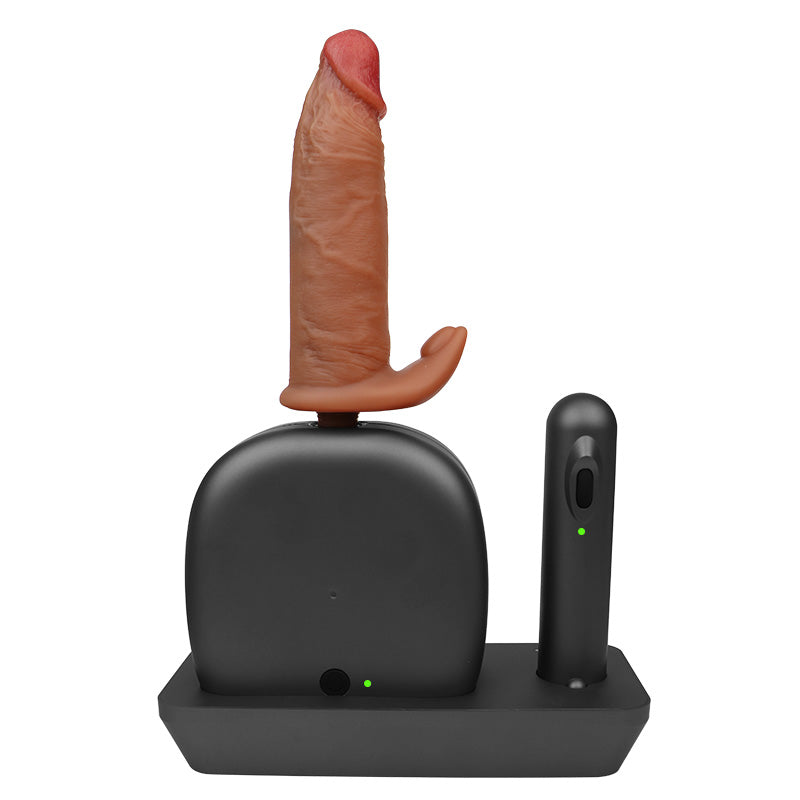
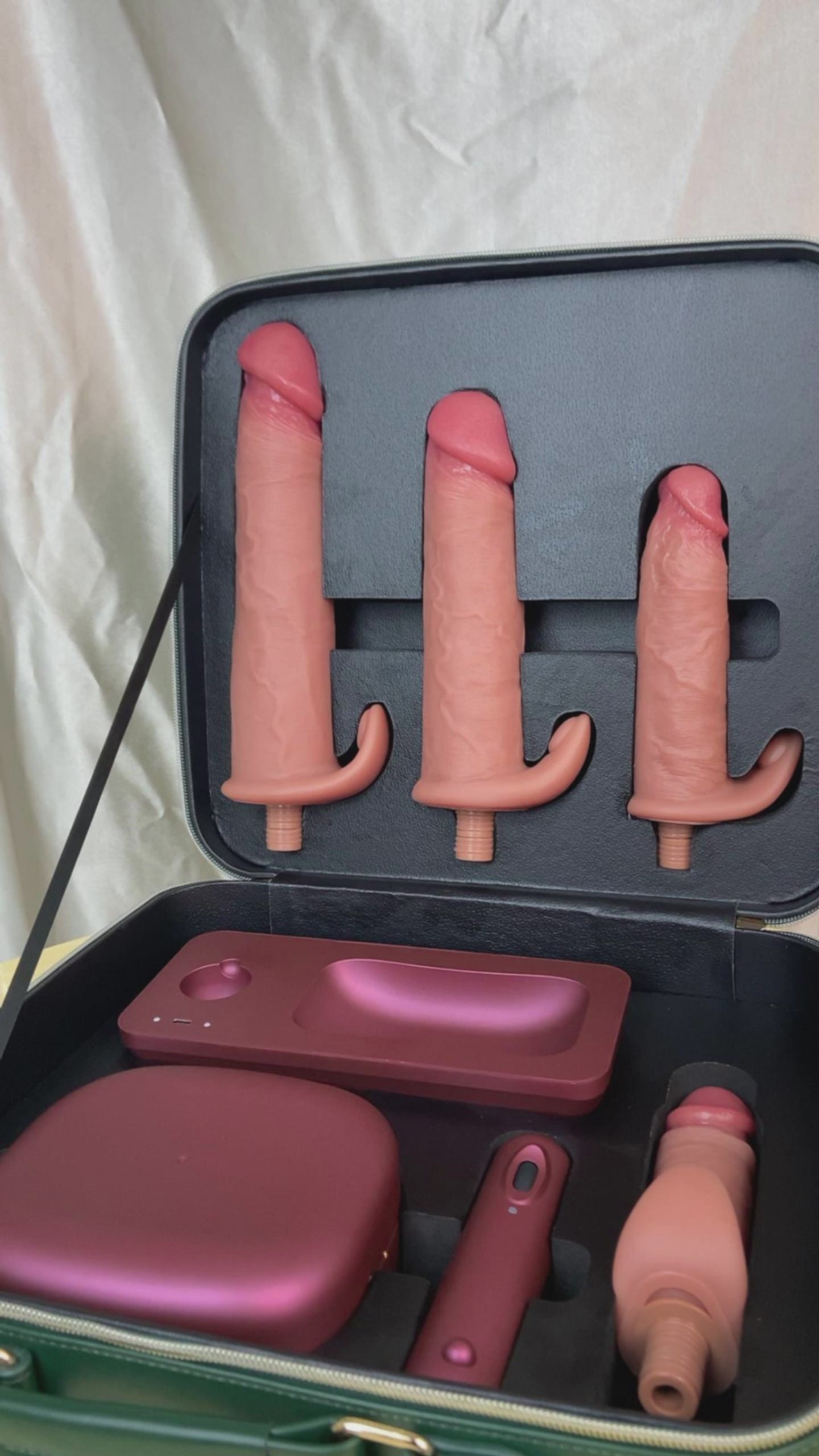
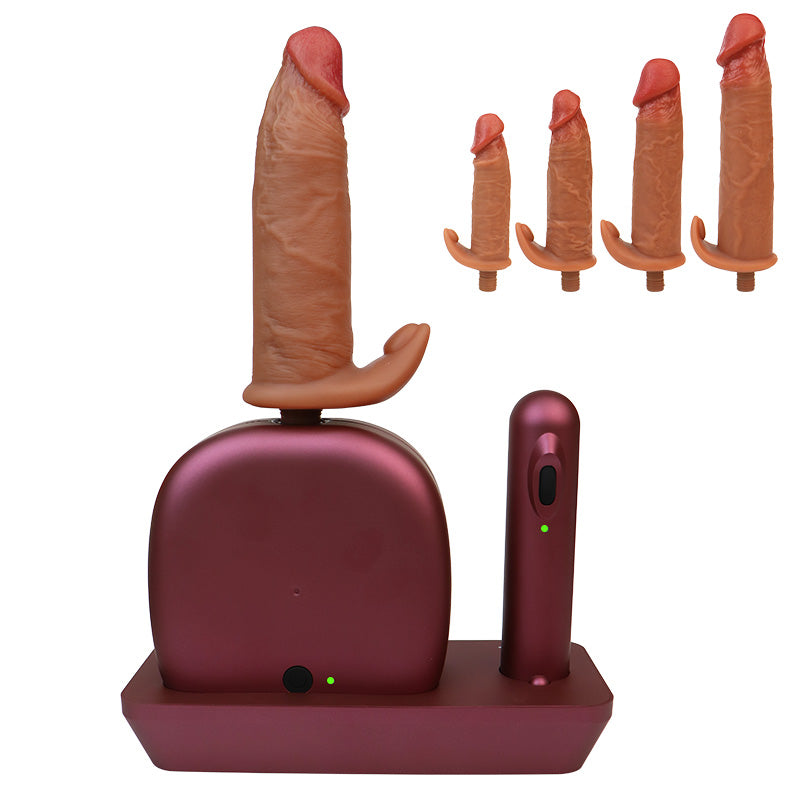
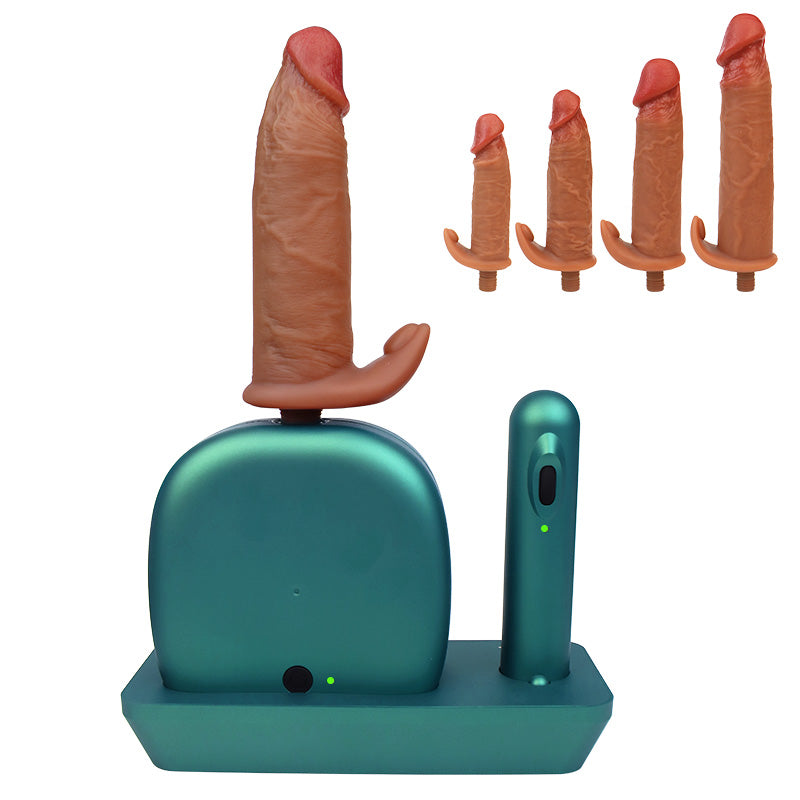
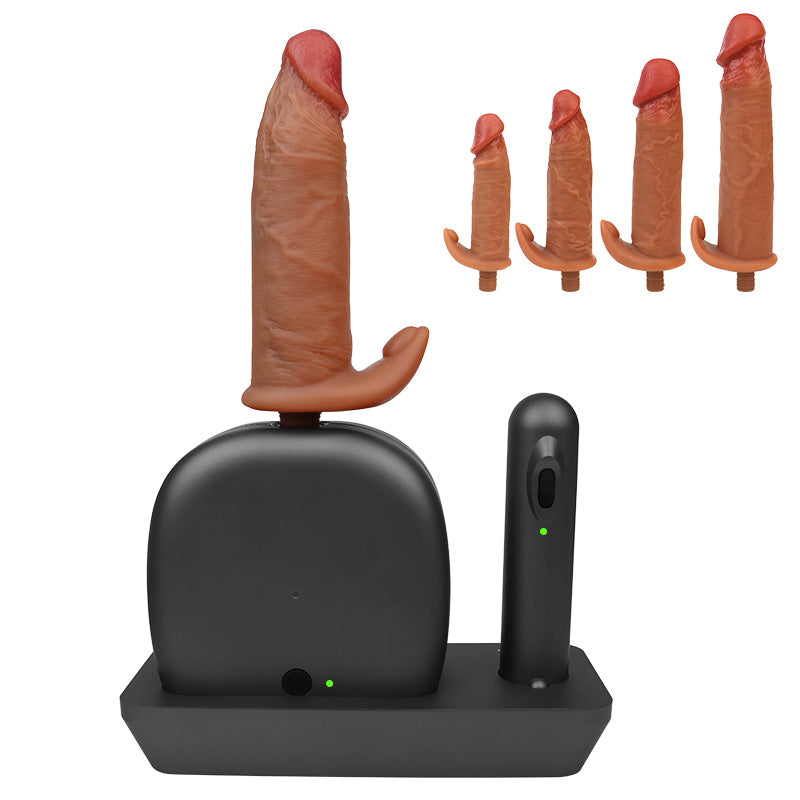

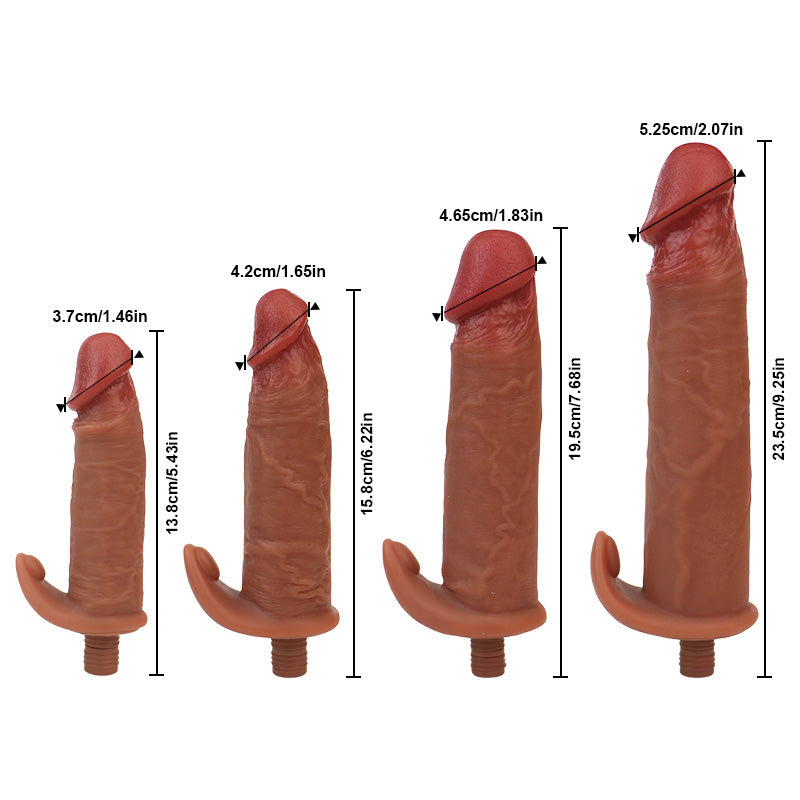
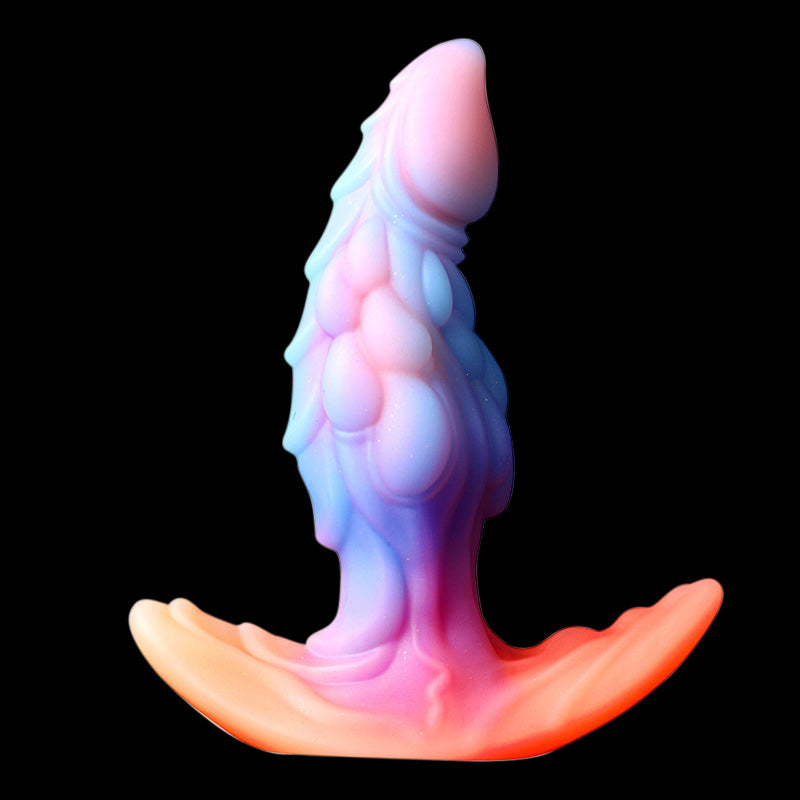
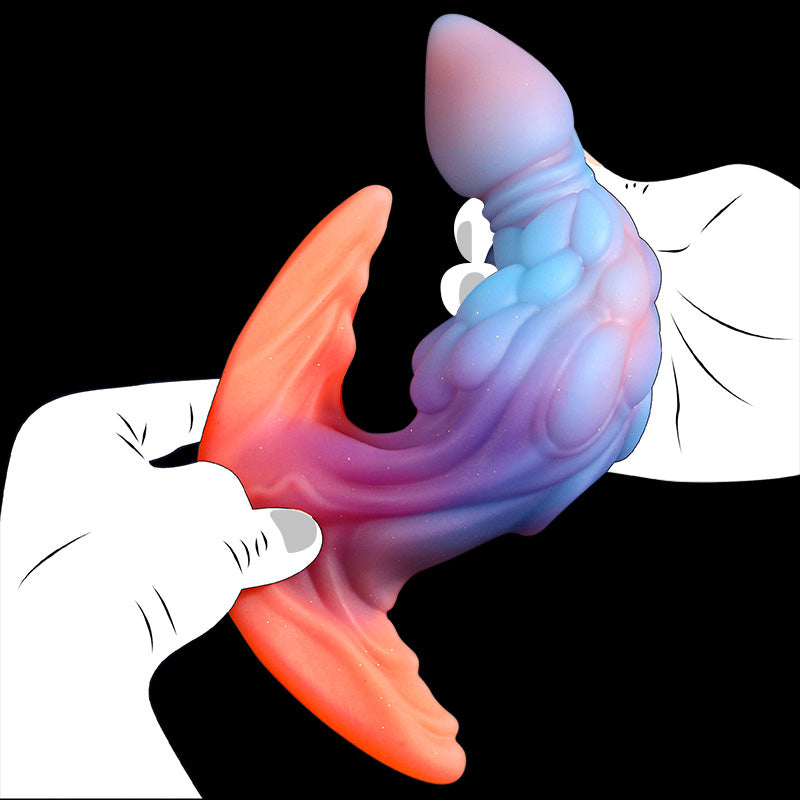

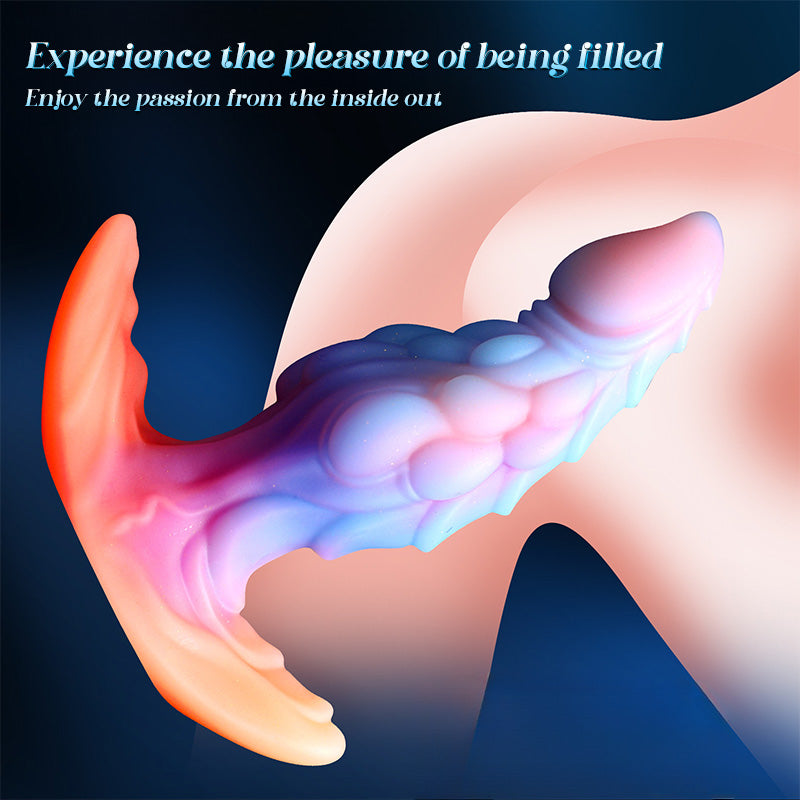

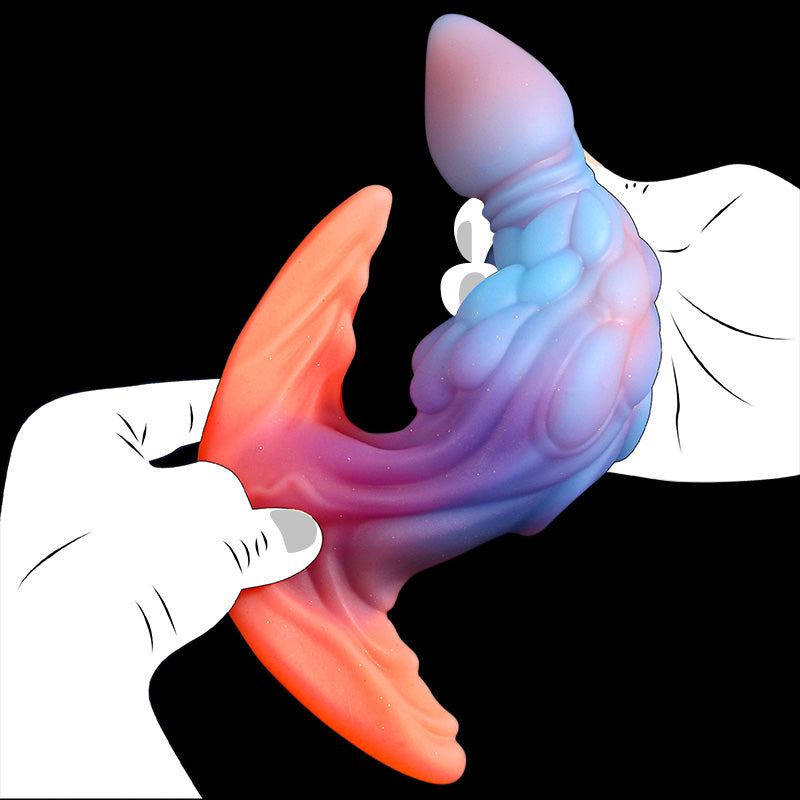
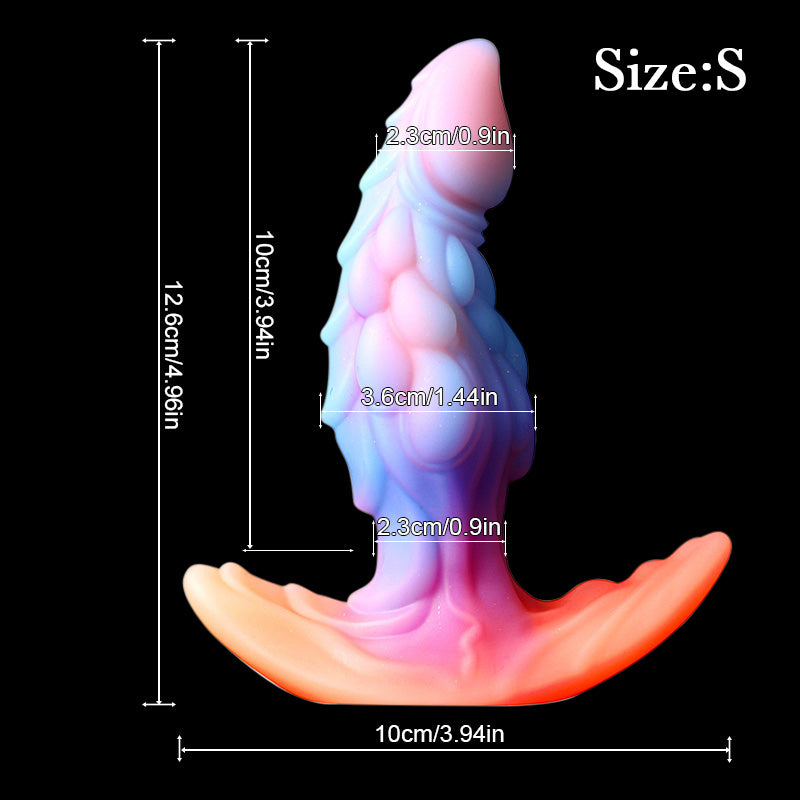
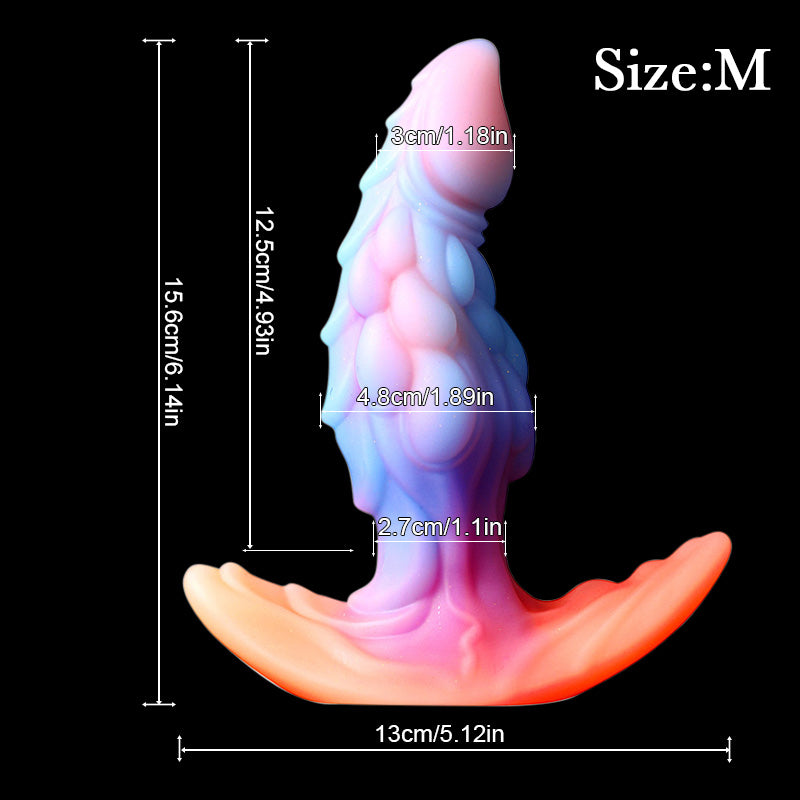
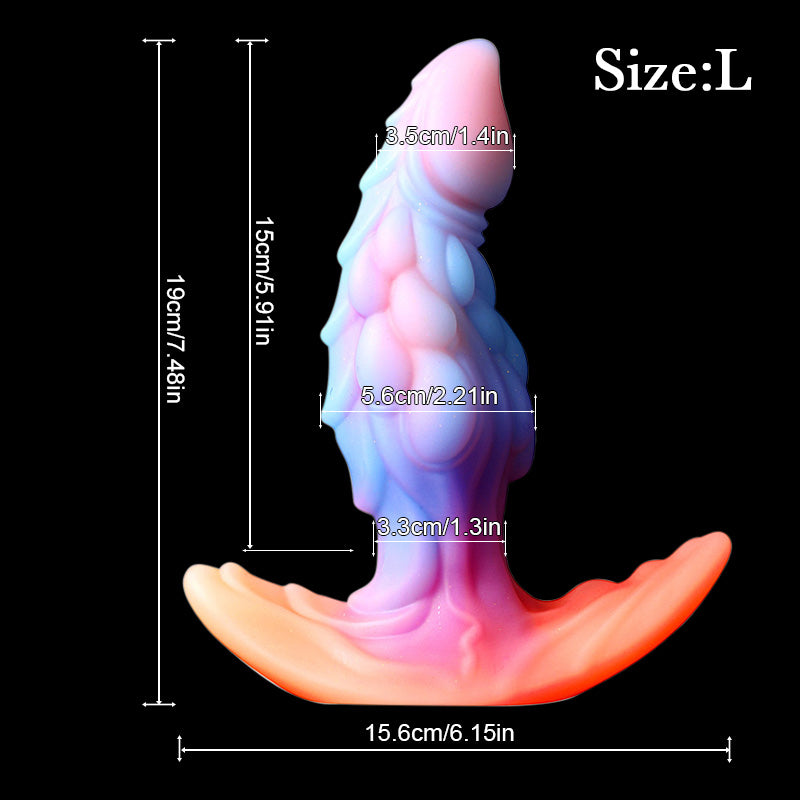
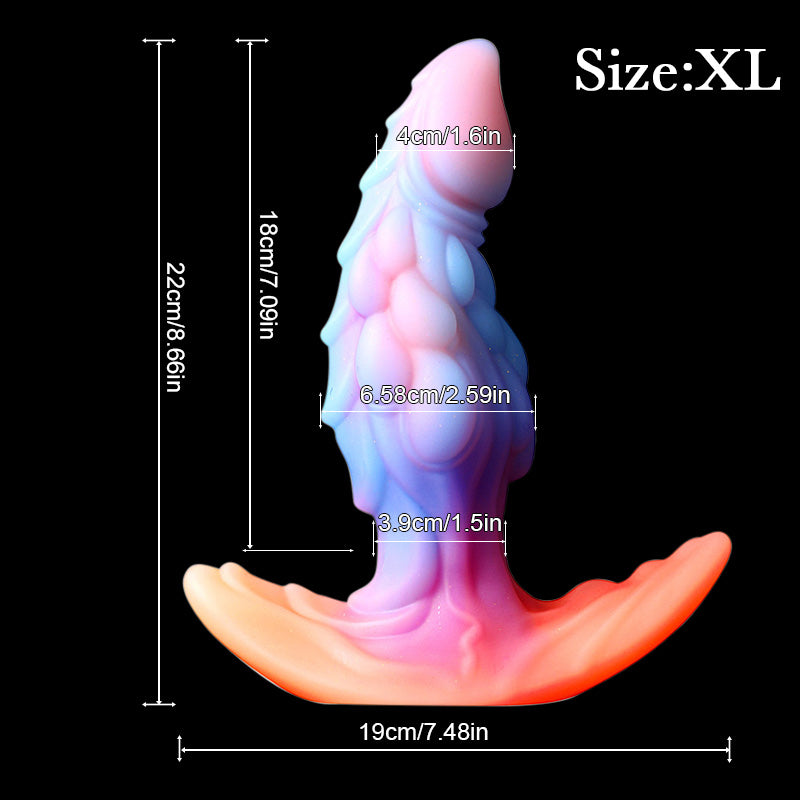
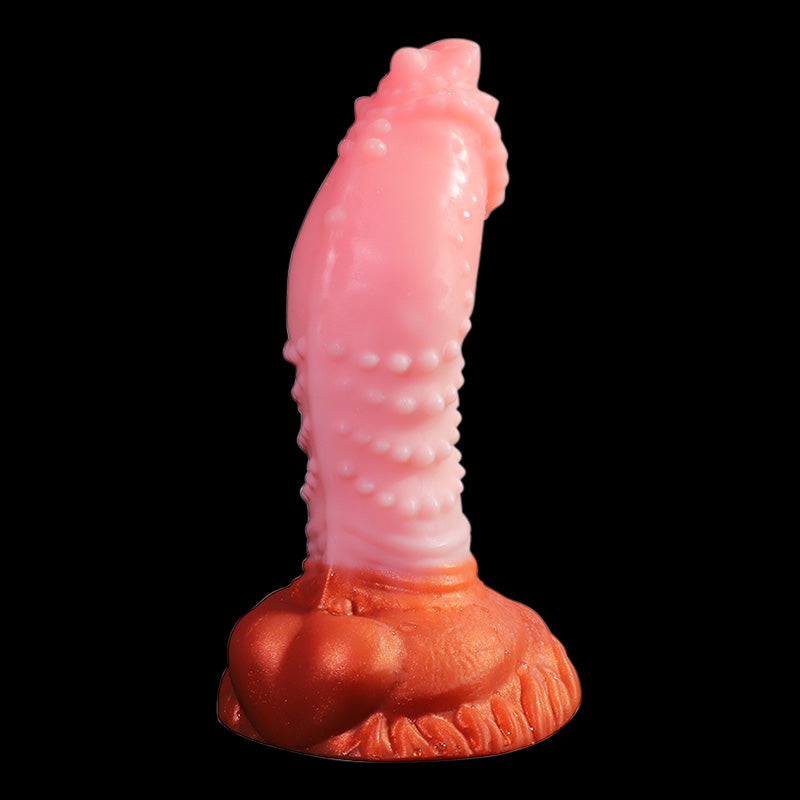
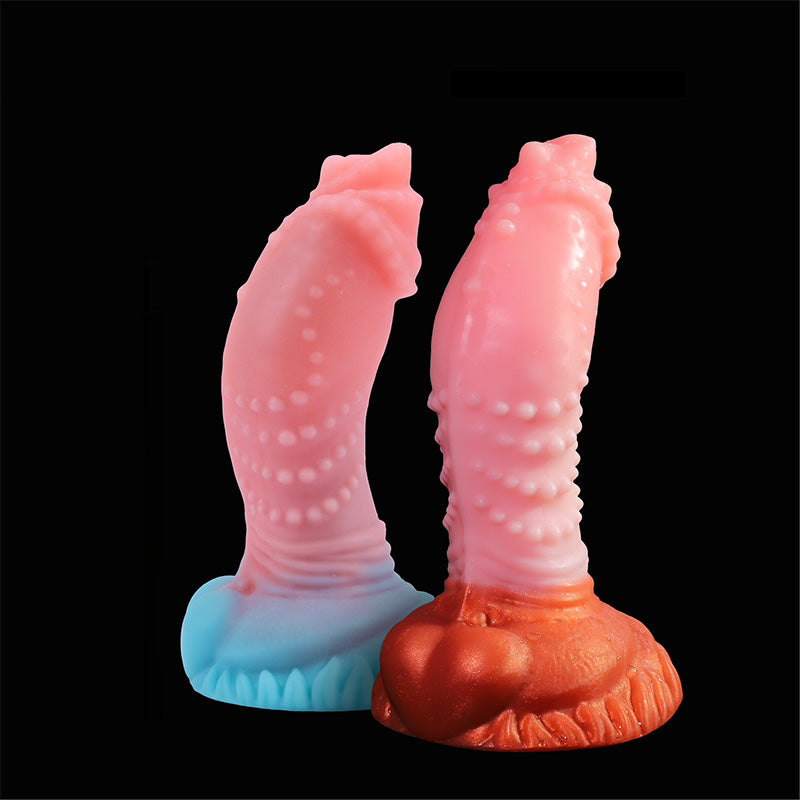
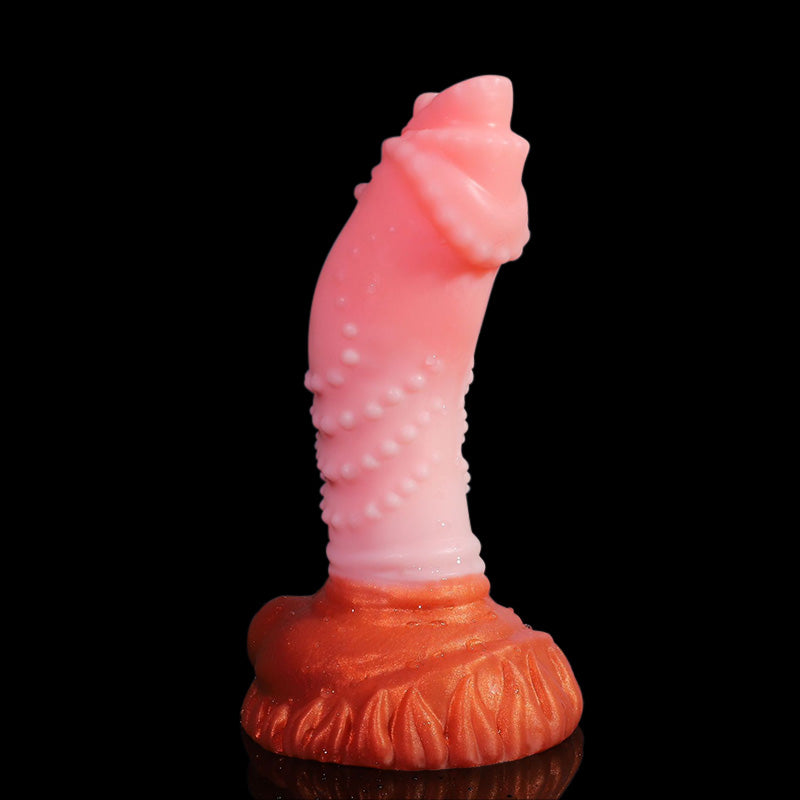
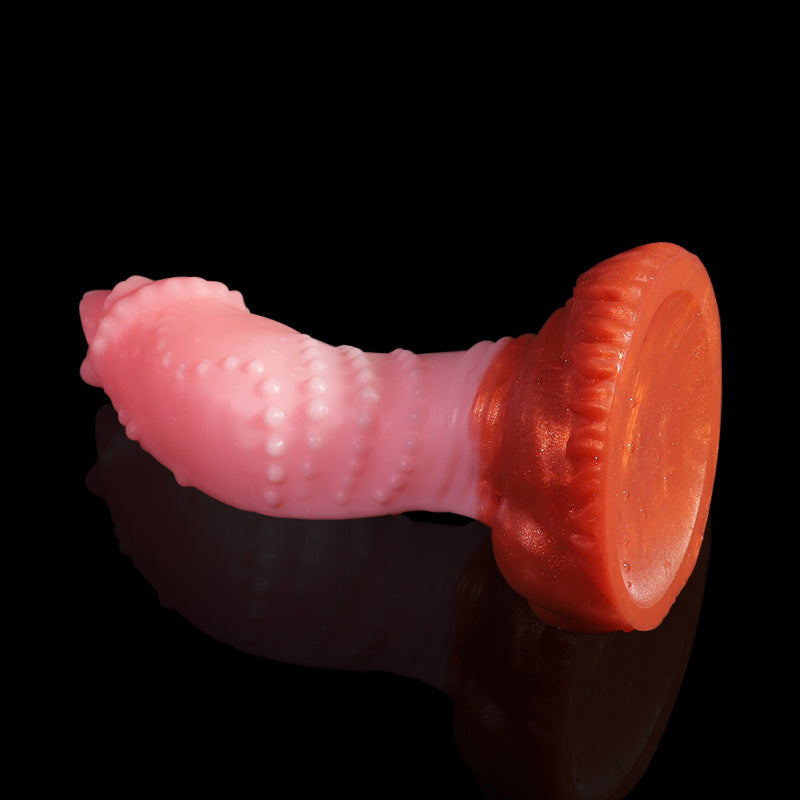


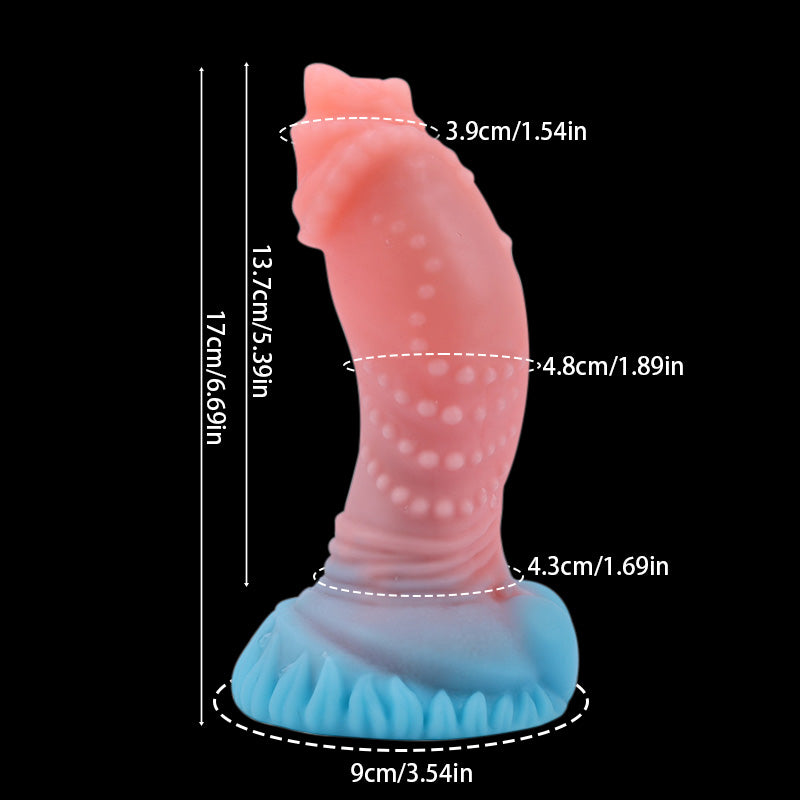
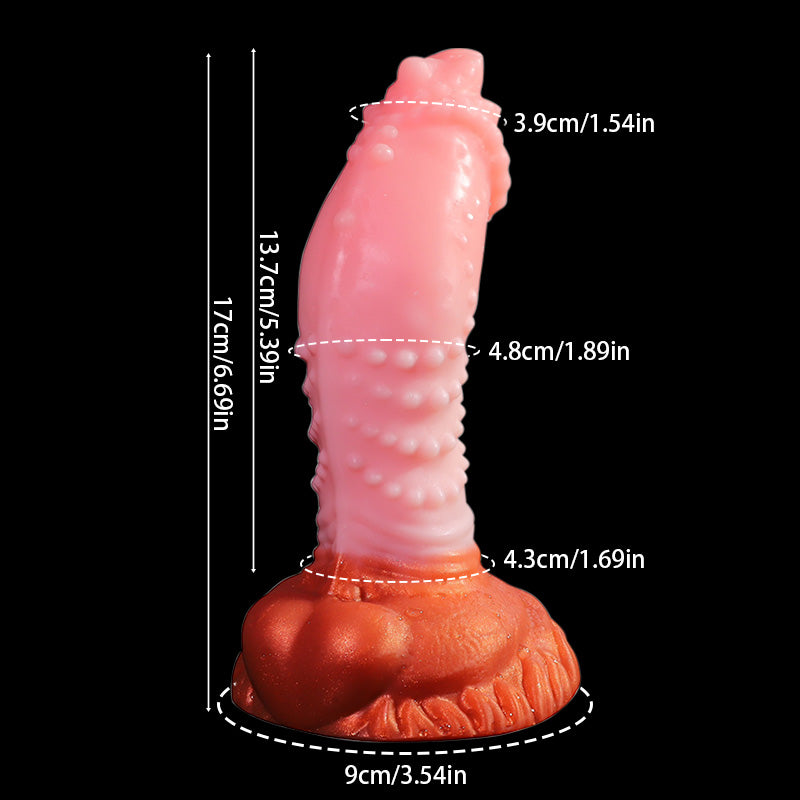








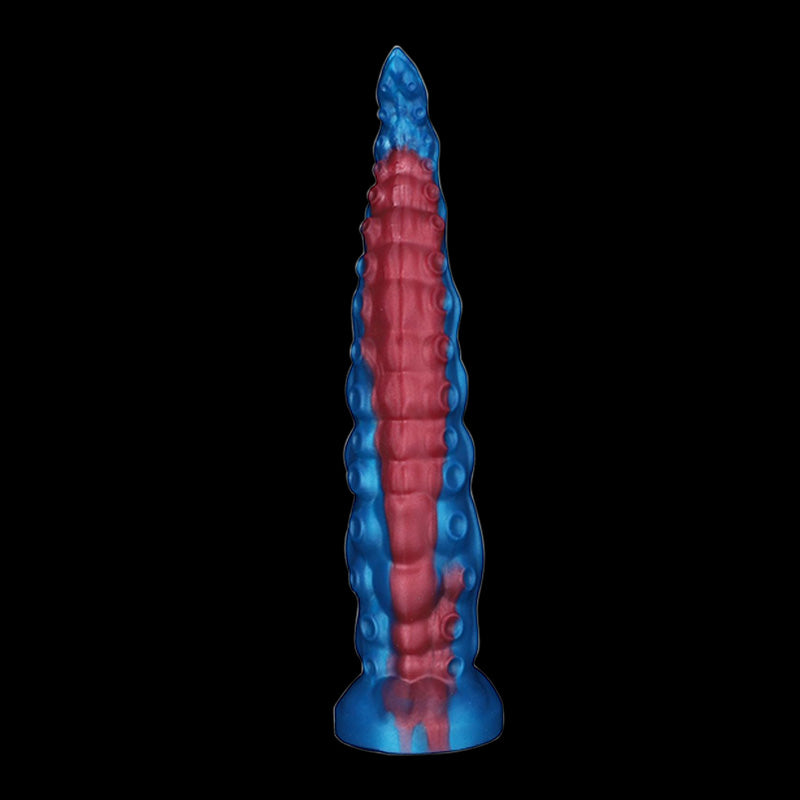








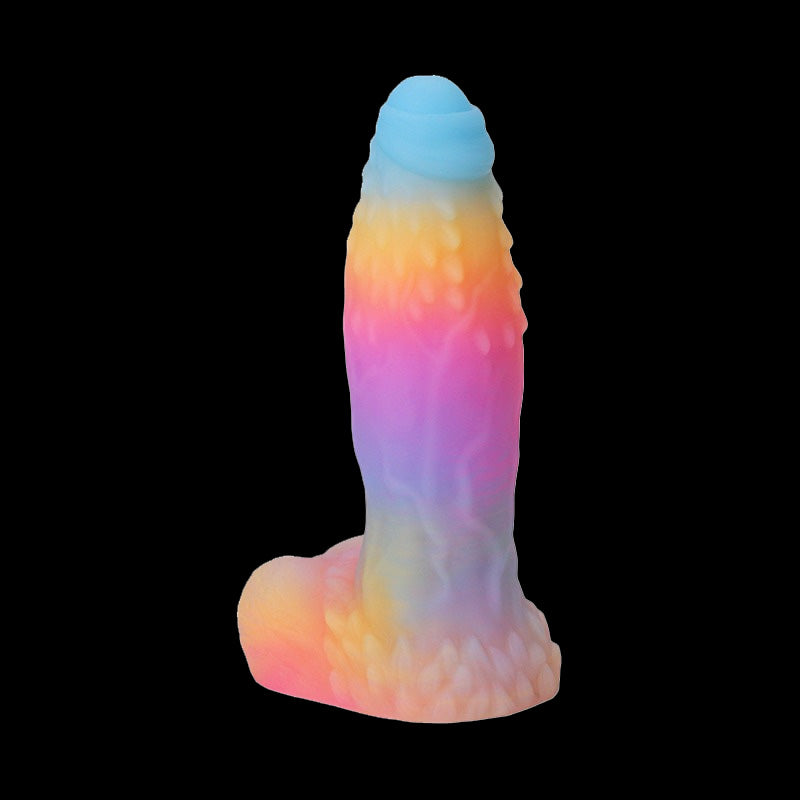










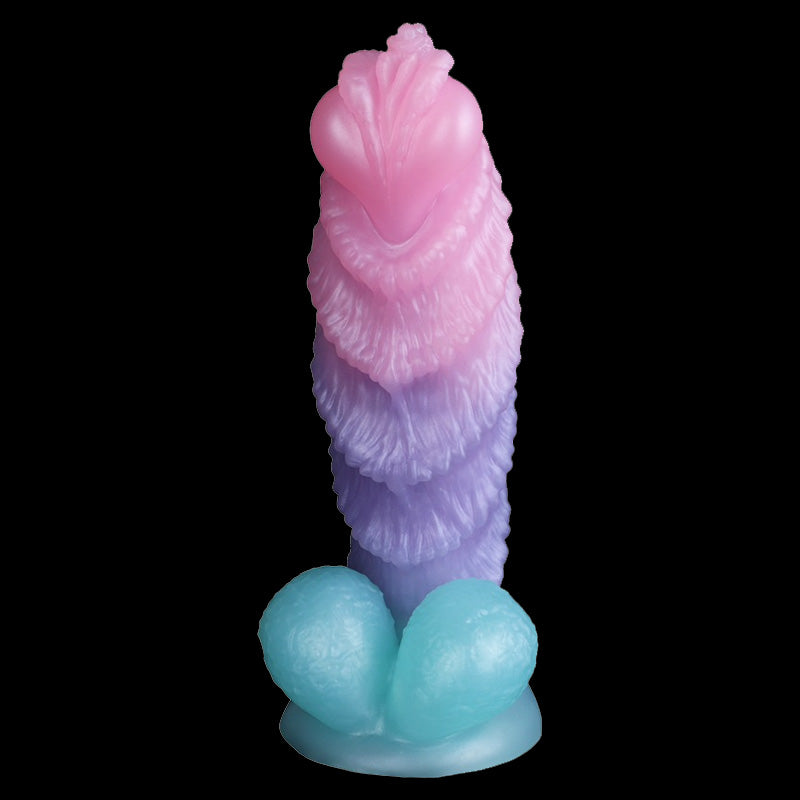







0 comments